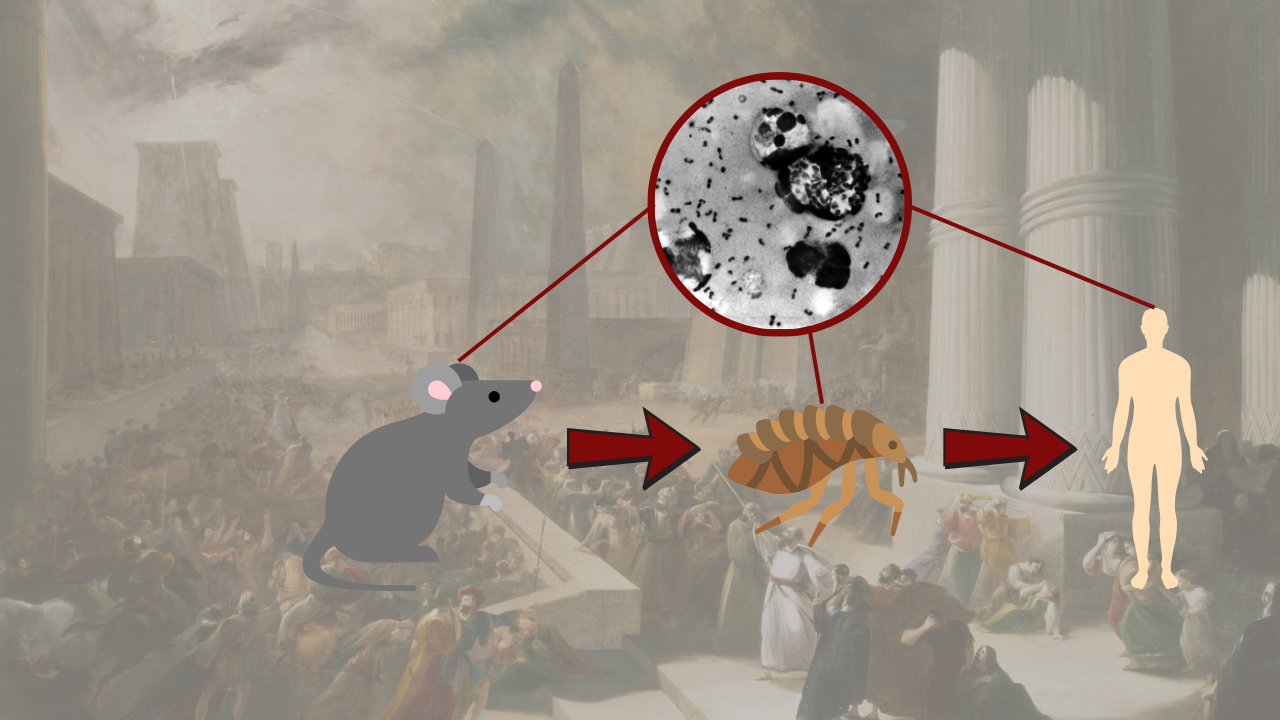What History Teaches Us About Plague? Are There More Than One Type?

Credits: Canva
SummaryA California resident contracted plague after a flea bite near South Lake Tahoe, marking the region’s first case since 2020. While rare, the CDC reports around seven U.S. cases annually, mostly bubonic. Plague remains treatable today, and history, from the Black Death to quarantine, reminds us that knowledge-sharing and science are key defenses.

End of Article